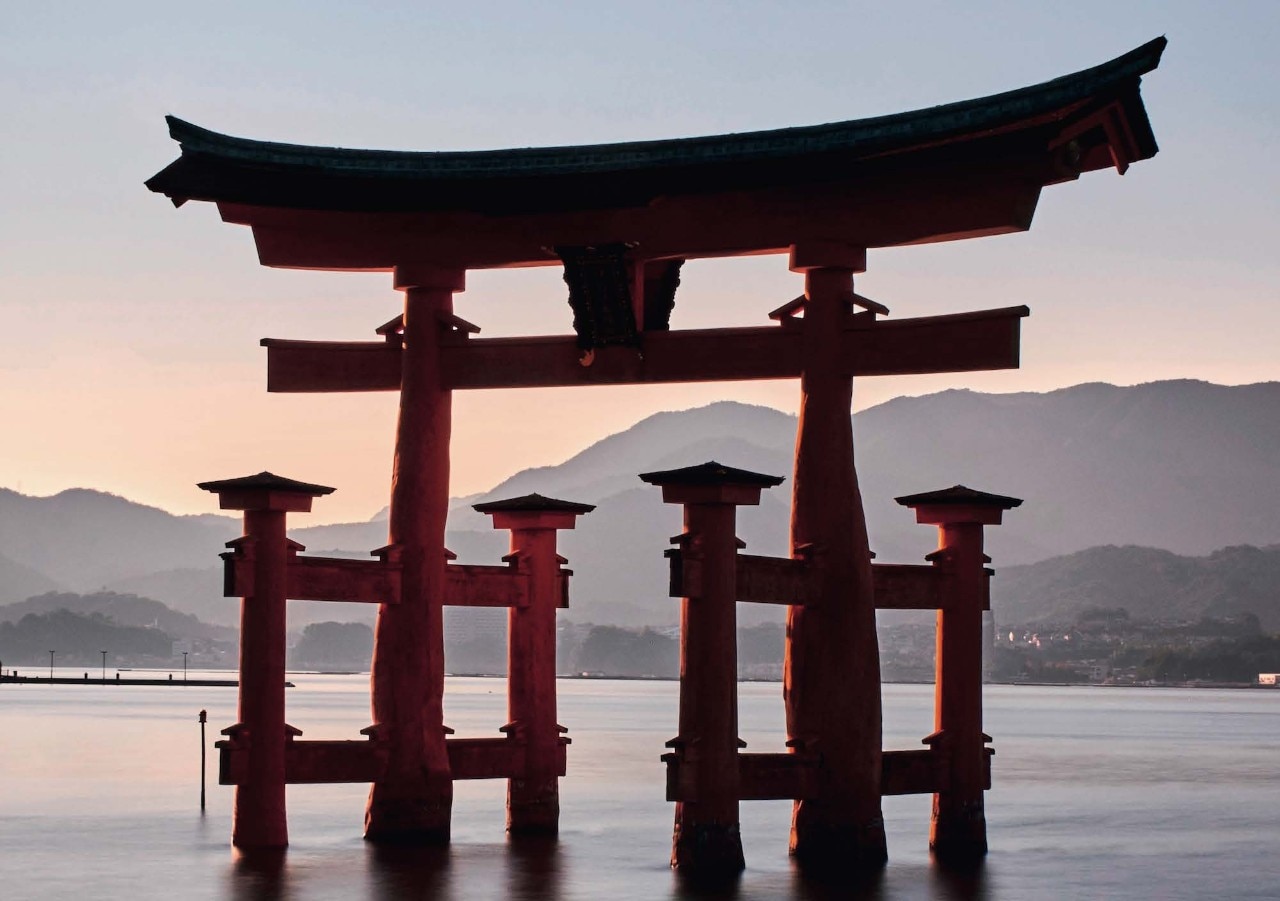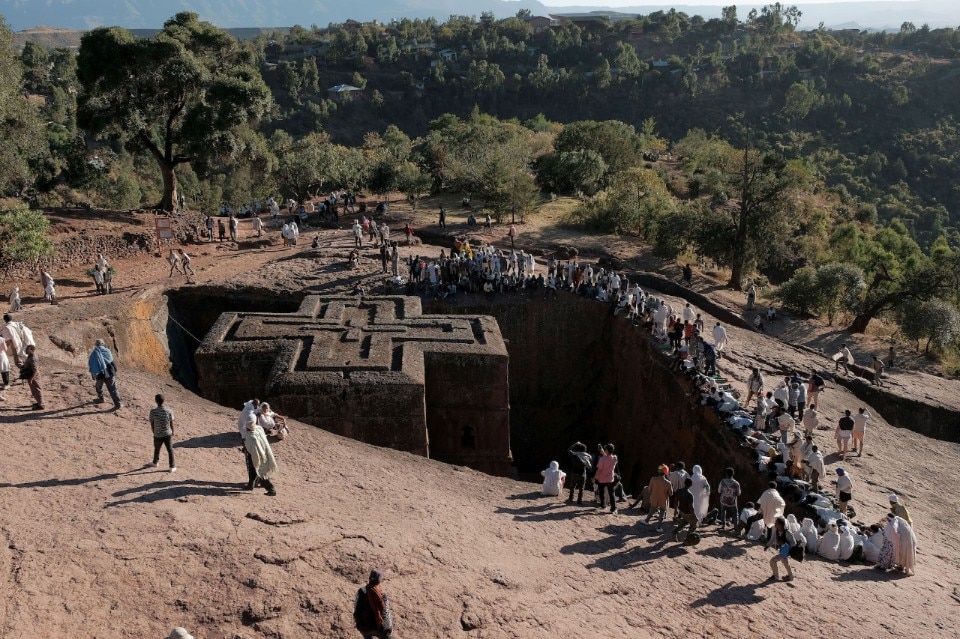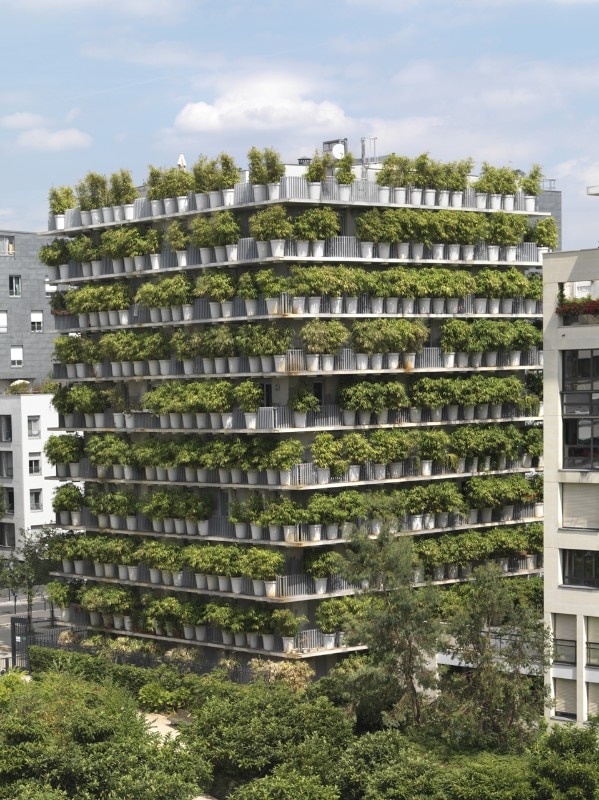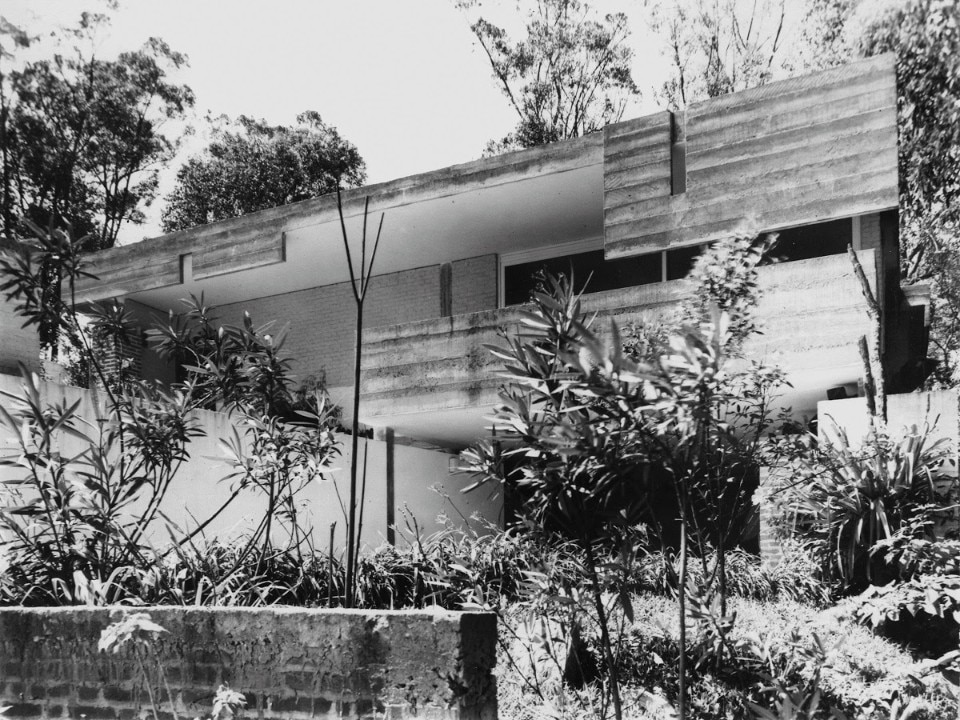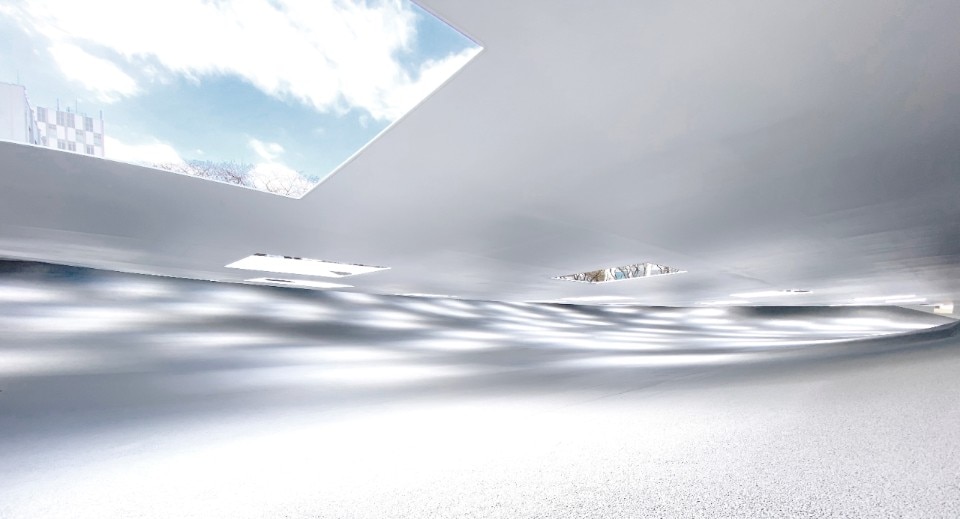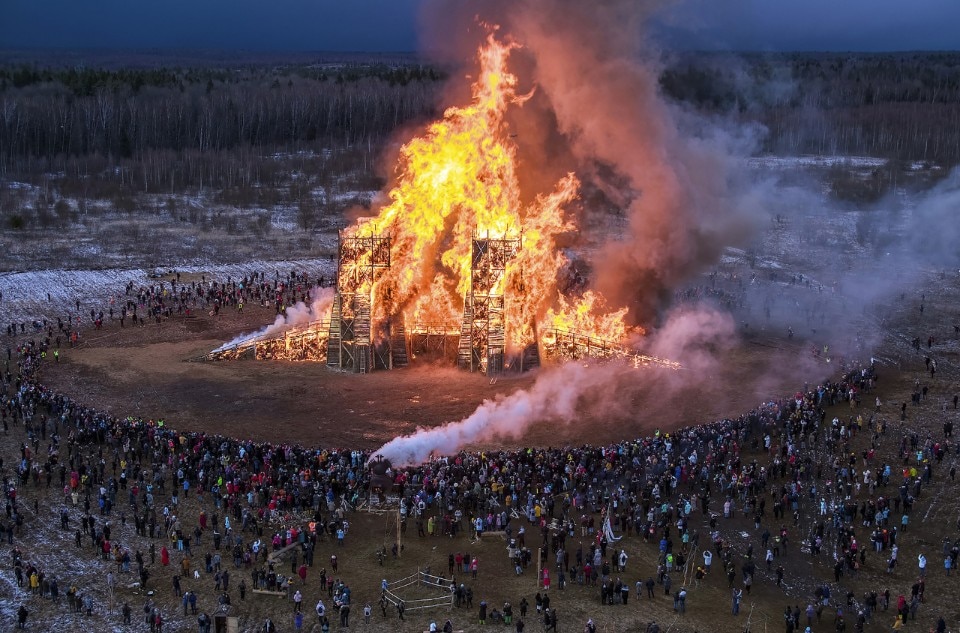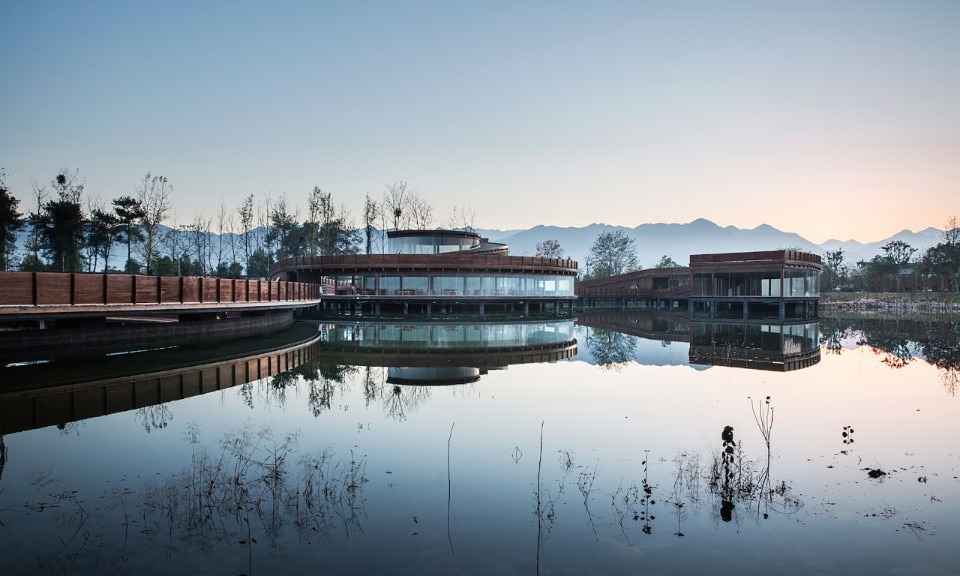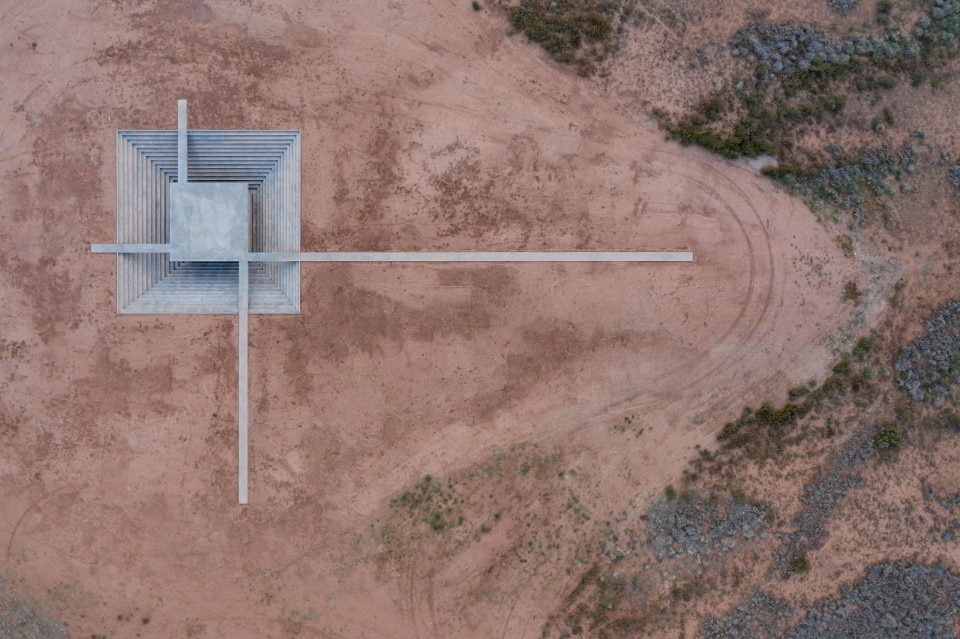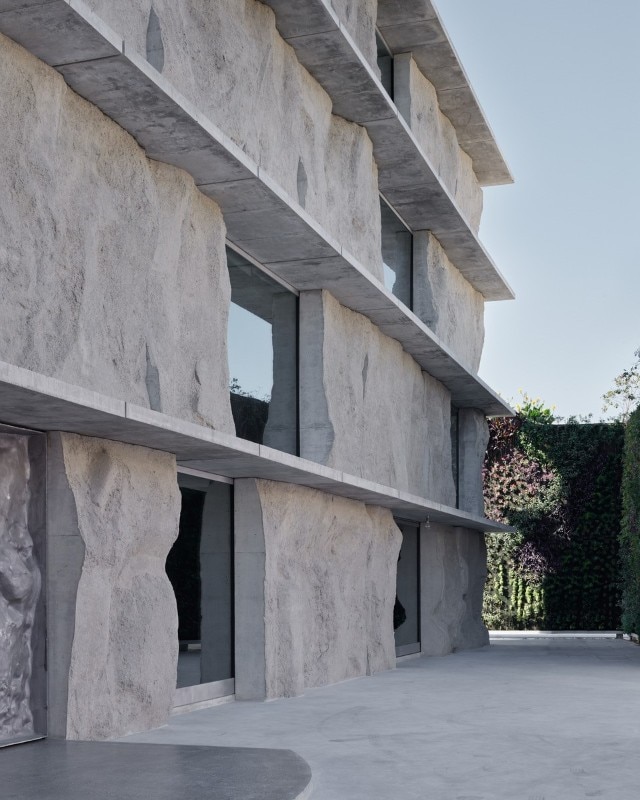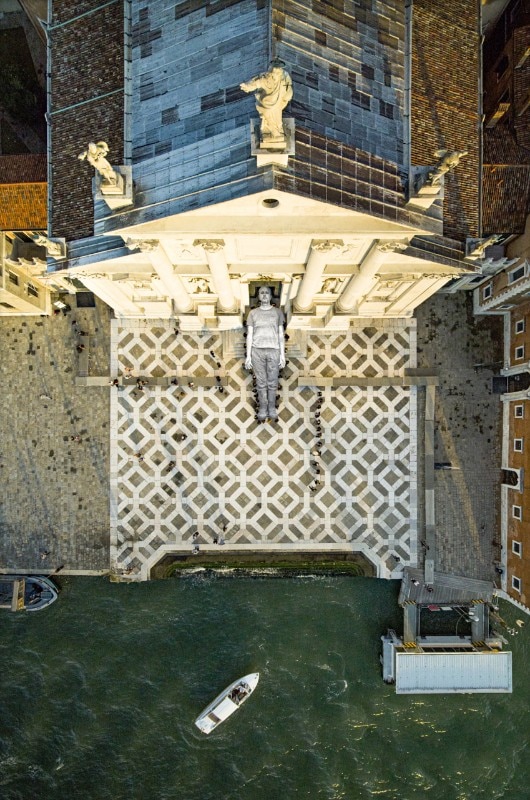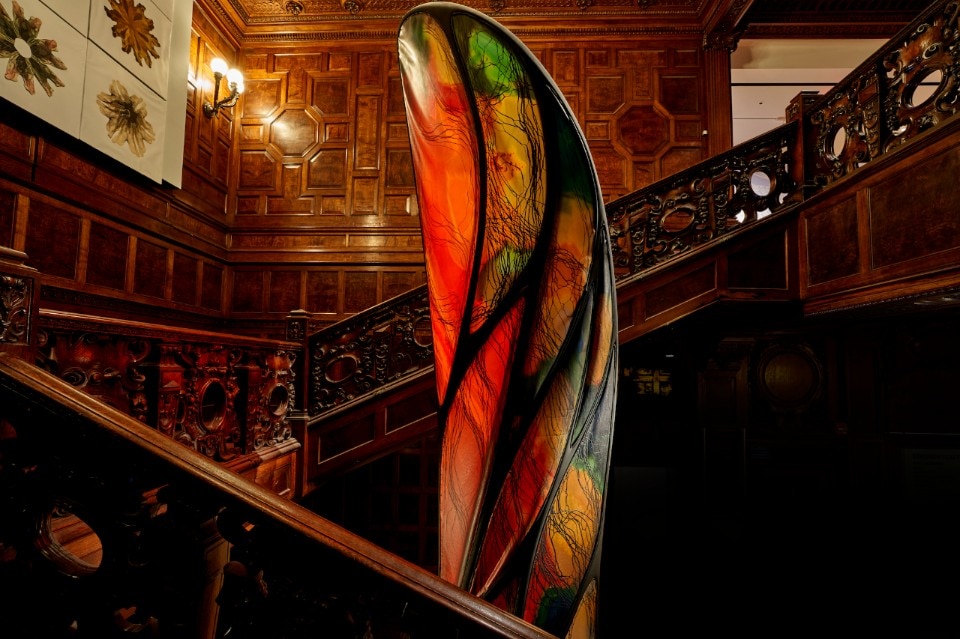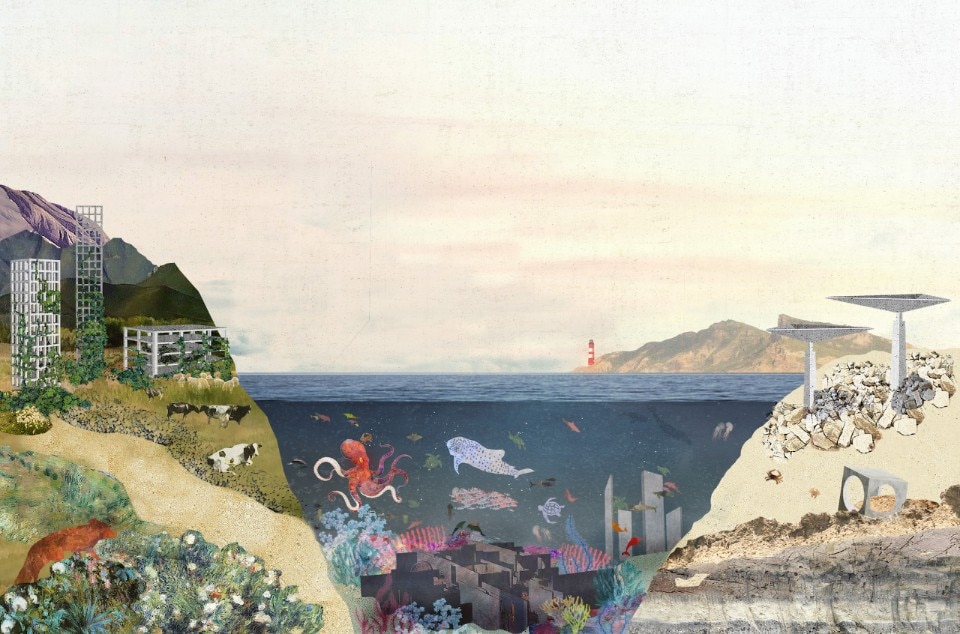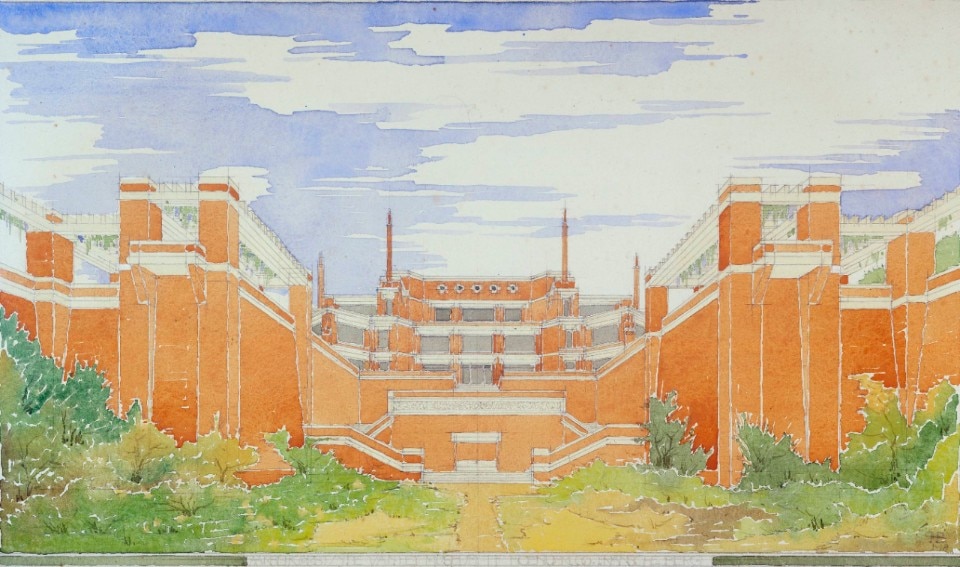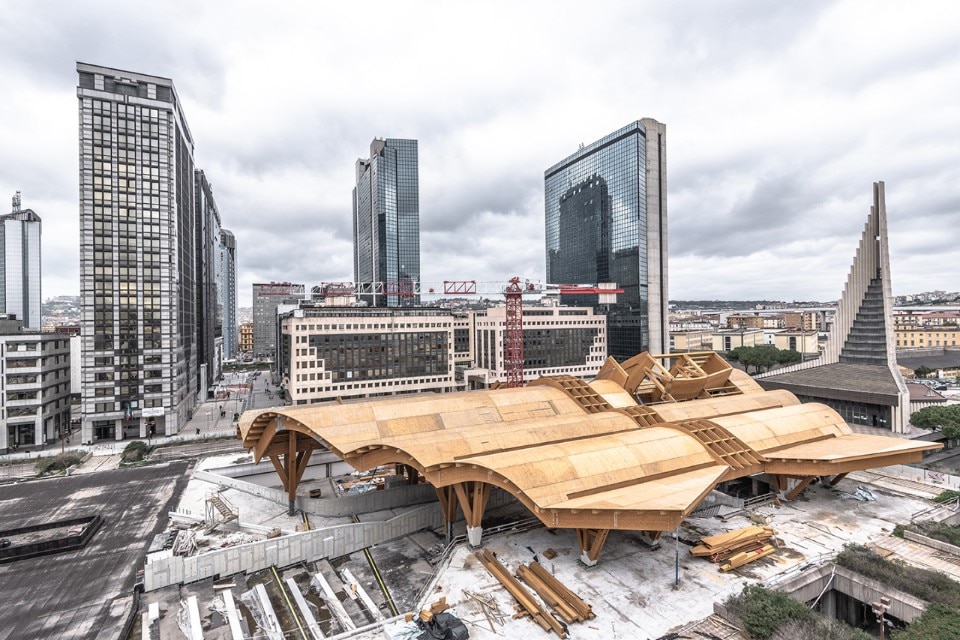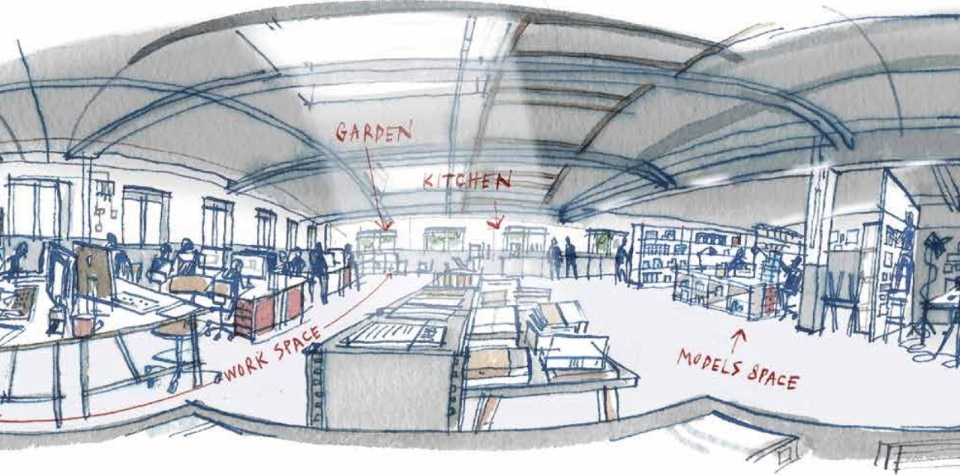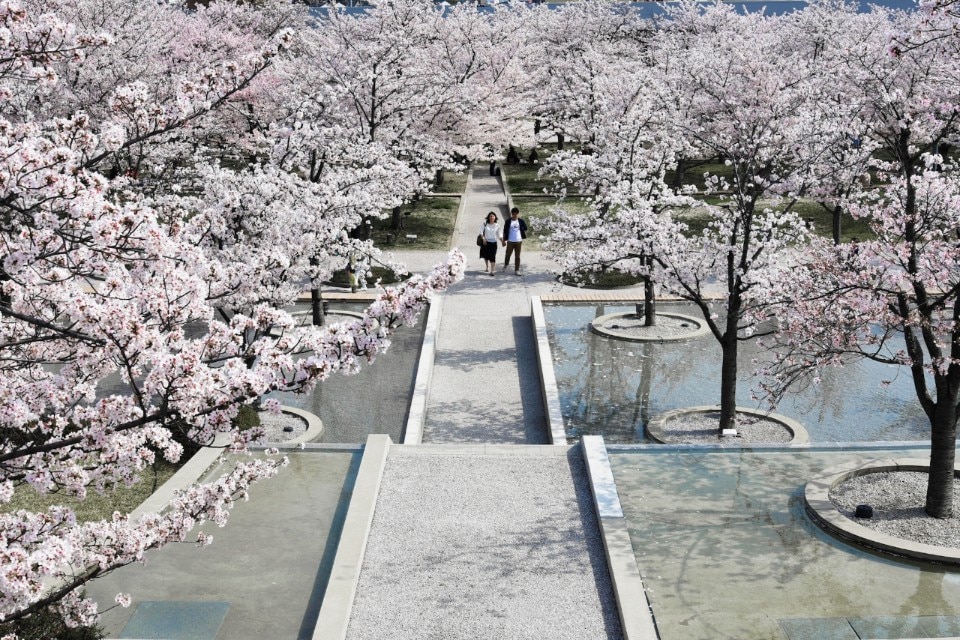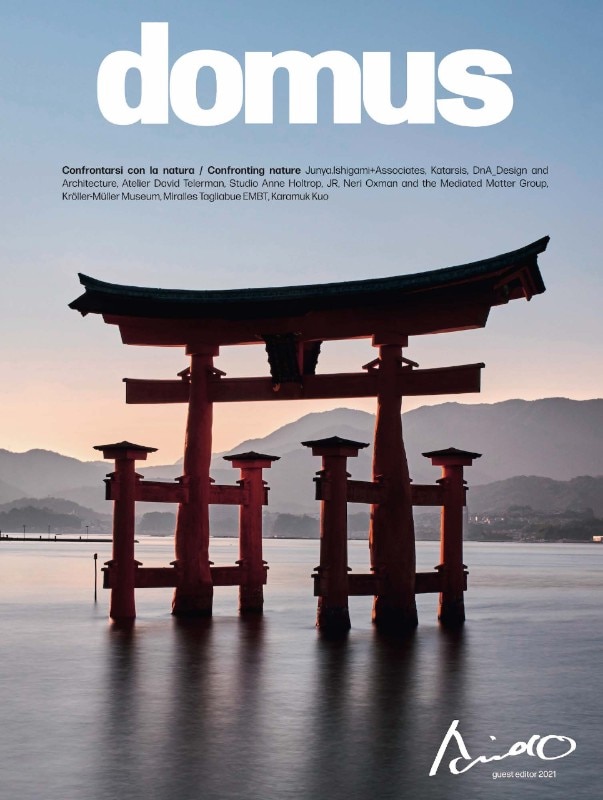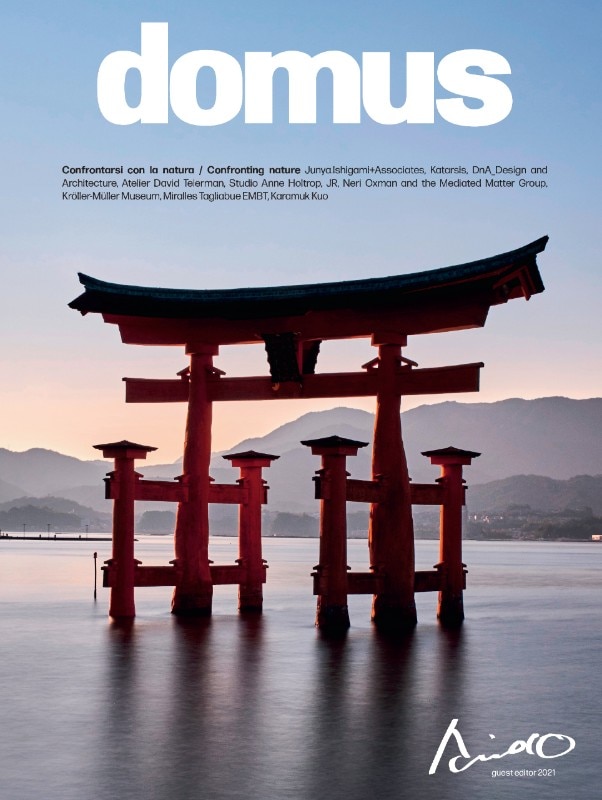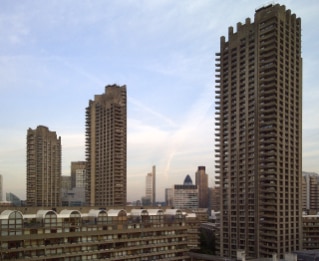The March issue of Domus 1056 focuses on architecture’s role in confronting nature. In his editorial, the Guest Editor Tadao Ando writes about this delicate relationship, “What can be said, then, about the link between architecture and nature when the very act of building is responsible for the destruction of the environment? Is architecture capable of understanding the role of nature?”.
Alejandro Zaera-Polo follows, describing the ecological revolution of post-Covid cities and discussing political ecology as the alternative to identity and populist politics. Rosa Camargo Artigas, daughter of Brazilian architect João Batista Vilanova Artigas, retraces the path of her father of the Paulist School.
In the Architecture section, five projects are identified by their privileged relationship with an element of nature. For Air, Junya.Ishigami+Associates illustrate the Plaza of Kanagawa Institute of Technology, a versatile structure, permeable to atmospheric agents and connected to nature. For Fire, Katarsis narrates his Burning Bridge, whose purpose is its destruction through the traditional burning ceremony, which refers to the traditional rites of passage between winter and spring. For Water, instead, DnA_Design and Architecture illustrate the Dushan Leisure Centre in Zhejiang, China, which exploits the shape of the spiral to dynamically reinterpret the landscape, offering itself as a meeting point for residents and tourists. Finally, for Earth, we investigate the McNeal 020, Arizona, by Atelier David Telerman and the 35 Green Corner Building by Studio Anne Holtrop, a building made with structural concrete blocks obtained from the direct casting of the soil of the site, which thus becomes the generator of the artefact.
In the pages dedicated to Art, Angela Maderna focuses on the work of the Venetian artist JR, a critique of the devastating relationship between man and the planet and, though not explicitly, because of its dimensions and excavations, it recalls the pioneers of Land Art.
In the Design section, Neri Oxman presents her works Aguahoja I, II, confident that the organic elements widely available in nature, combined with digital fabrication, are the basis of a new library of building materials capable of dialoguing with their environment.
The new Creators section was established to illustrate various thought forms that can emerge around an idea. Each month we will offer a series of artists and designers who shape objects, spaces and buildings the opportunity to express themselves visually on the theme we investigate in the issue. For this issue, we asked designers such as Tatiana Bilbao, Smiljan Radic, Thom Mayne, John Pawson, Virgil Abloh, and others to focus on the question “How to confront nature?”
In the column Design Snippets, Jean Hilgersom recounts the events of the “grand museum” dreamed up by collector Helene Kröller-Müller beginning over a century ago with Behrens’ drawings Mies van der Rohe and Berlage. Miralles Tagliabue EMBT reports on the construction of the subway station that the Spanish studio is building in Naples. Finally, for Karamuk Kuo studio, model making is at the heart of the project culture and a flexible methodology.
In this month’s Diario, pages dedicated to current events, a round table between Alberto Cavalli, Giulio Iacchetti, Nicola Coropulis and Stefano Maffei discusses the close relationship, both cultural and productive, between designer, craftsman and industry is today made more complex by the use of technology. Carlos D’Ercole visits the apartment where Mimmo Paladino has been living for more than 40 years when he is in Milan. Works of art alternate with art photographs (by his friend Ferdinando Scianna), dialoguing with him. Valentina Petrucci tells us about Jacopo Etro. Silvana Annicchiarico analyzes the design of Clara Arpini (1987), founder of Nodo2014, a project that aims to revisit furnishing elements such as chairs and coffee tables, made with yarns of various materials and woven exclusively by hand. Editorial director Walter Mariotti concludes the section with a chat with Claudio Luti, president and owner of Kartell, as well as president of Salone del Mobile since 2017, according to whom “working means changing, innovating, growing, following a precise idea.”


